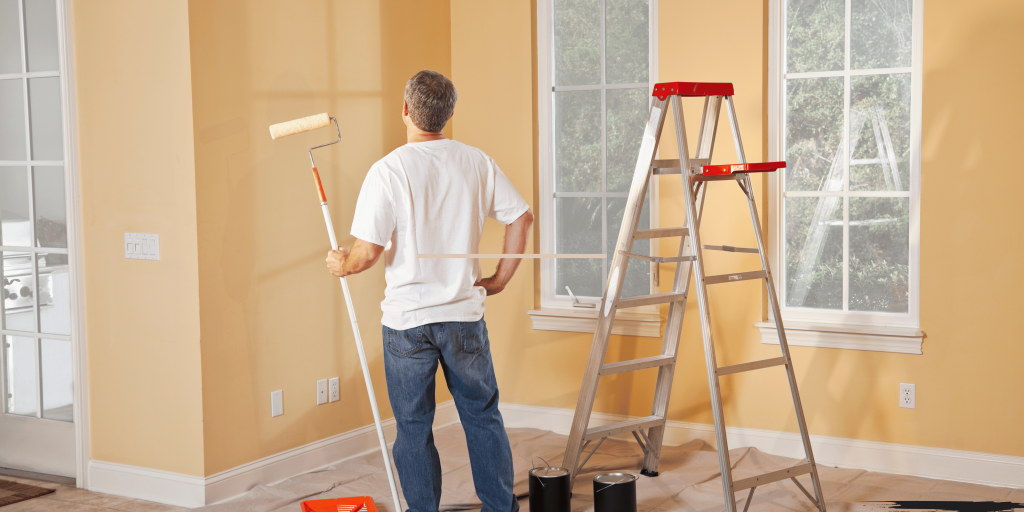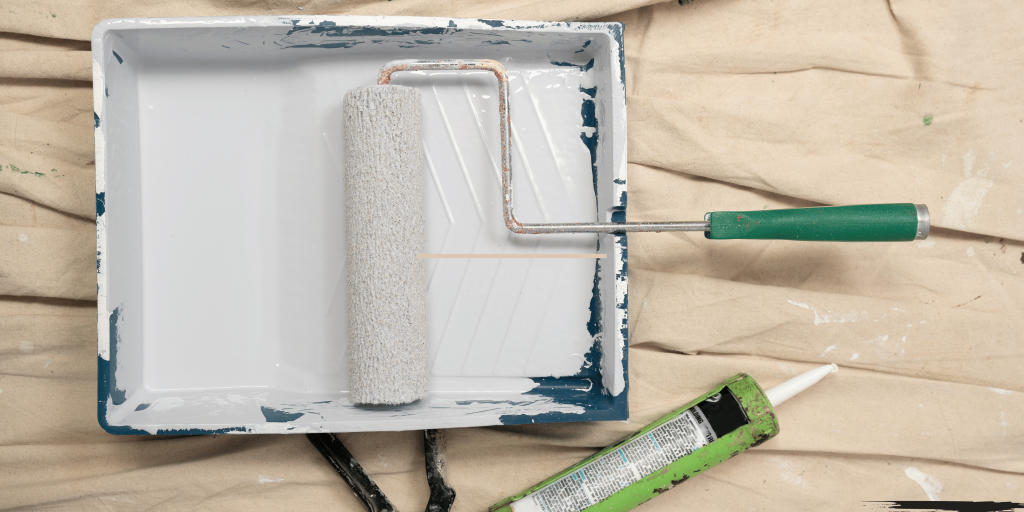Determining when it is time to paint the interior of a home can sometimes be a tough call. On the one hand, using paint to make walls look more vibrant and less dreary is a good idea, but painting is by no means a small task that does not cost time or money. In this article, you will learn what signals show that it is high time to apply the paint on walls again and when is the best time to carry out internal painting projects.
Painting your home adds color to the house and gives it a brand-new look and feel, inside and out.
Here are some signs that it is time to repaint:
Faded or Discolored Paint
It may be necessary to paint when your walls are dull, dingy, or unevenly faded and need a gloss change or update. Natural factors such as exposure to light, fumes, splatters of grease from stoves, water damage, and normal usage pull off the sheen of paint over a period of time.

Visible Flaws
When paint loses its sheen, imperfections such as cracks, popped nails, minor scratches, and the like become very noticeable. Try to create a smoother, more professional surface by preparing it and covering imperfections.
New Tenants or Purposes
When preparing a house for rent or sale, recoloring the walls to bring them to the current standard of white or any other light color gives a stellar impression to the tenant or the buyer.
Renovations
New flooring, countertops, or fixtures are parts of other inside remodels, and painting gives the room the finishing touch and a new outlook. Having a coordinating wall color with a new finish offers a more aesthetic appearance.
Desire for a Change
The same wall color year after year can get boring. Some remodeling ideas are simple yet effective, such as revising the color scheme of the walls of your rooms, making you feel like you’re in a new home.
The Ideal Time of the Year and the Optimal Temperature for Painting Interiors
Spring and Fall
The conditions inside are appropriate for painting throughout the seasons, but especially during spring and fall, when the temperatures are moderate and the humidity low. The best time to paint is when it is not humid. Avoid conditions that are too hot or too cold; so, spring and autumn are ideal working conditions.
Between 50-85°F
Many latex paints recommend a range of air and surface temperatures between 50-85 ° F for proper flow and drying. The temperature that should be maintained ensures that paint dries up without tacking or drying too fast.
Preparing to Paint Indoors

Clean surfaces
Scrape off walls and remove debris and grime that hampers the adherence of paint to the surface. Spackle any gaps or crevices visible in the areas that need to be painted. Tack or rub smooth surfaces to make them more uneven so new paint can better bond.
Protect Floors and Furniture
Cover all furniture and other objects with plastic sheets to prevent paint from being splattered. Painter’s tape can be used to cover sections of the wall which you are not wanting to paint such as ceiling, baseboard, and outlets.
Ventilate the Room
It is recommended to open windows or use a fan in cases where you intend to paint more than one room or when using oil-based paints. This enables fumes from paint to escape and fresh air to assist in drying the paint.
Test Paint Samples
Brush samples of color that you want to try on small areas of the walls. Visually check the colors during the day and ensure you have chosen the right shade and the proper type of finish.
Apply Primer
In extreme cases of color change or when the surface of the wood is very porous, using a primer coat before painting helps in attaining better and more vibrant colors. Primer also eases repainting in the future.
Conclusion
If your home’s interior paint is faded or if you wish for a new look and appearance, it is recommended that painting be done during spring and fall as these seasons offer moderate temperatures and lowest humidity. Preparing the walls well before painting provides the best results; the paint will remain for a longer period of time. Following the tips above can help you achieve a flawless interior finish that makes your home stunning.

